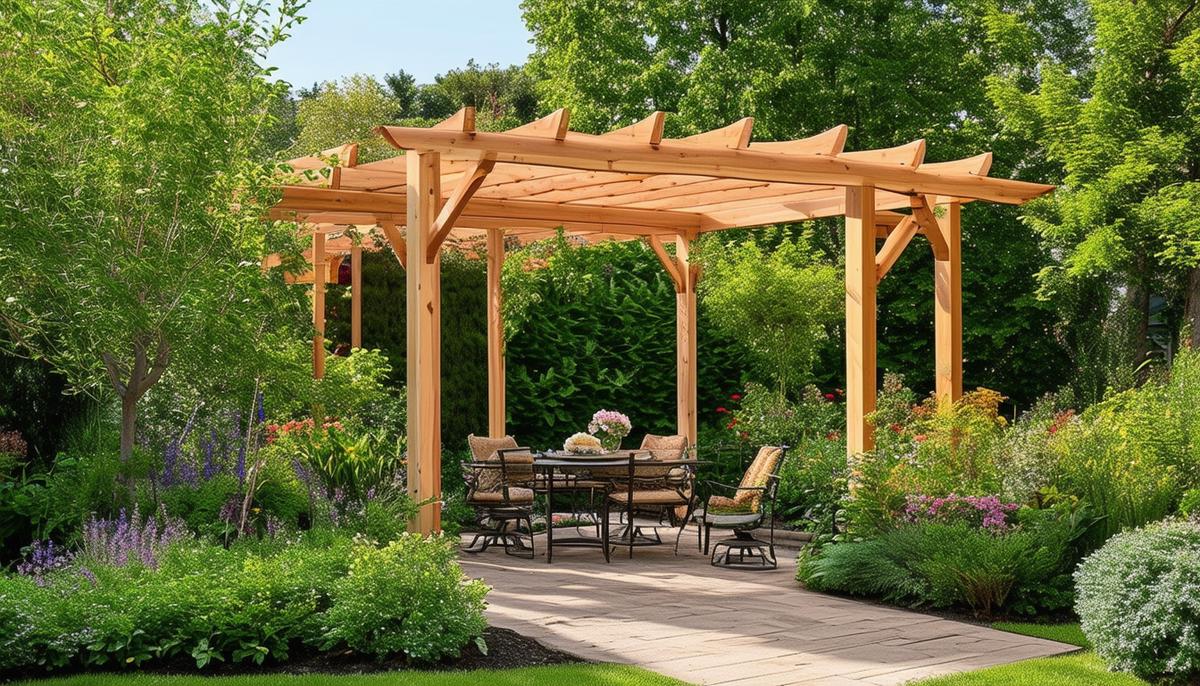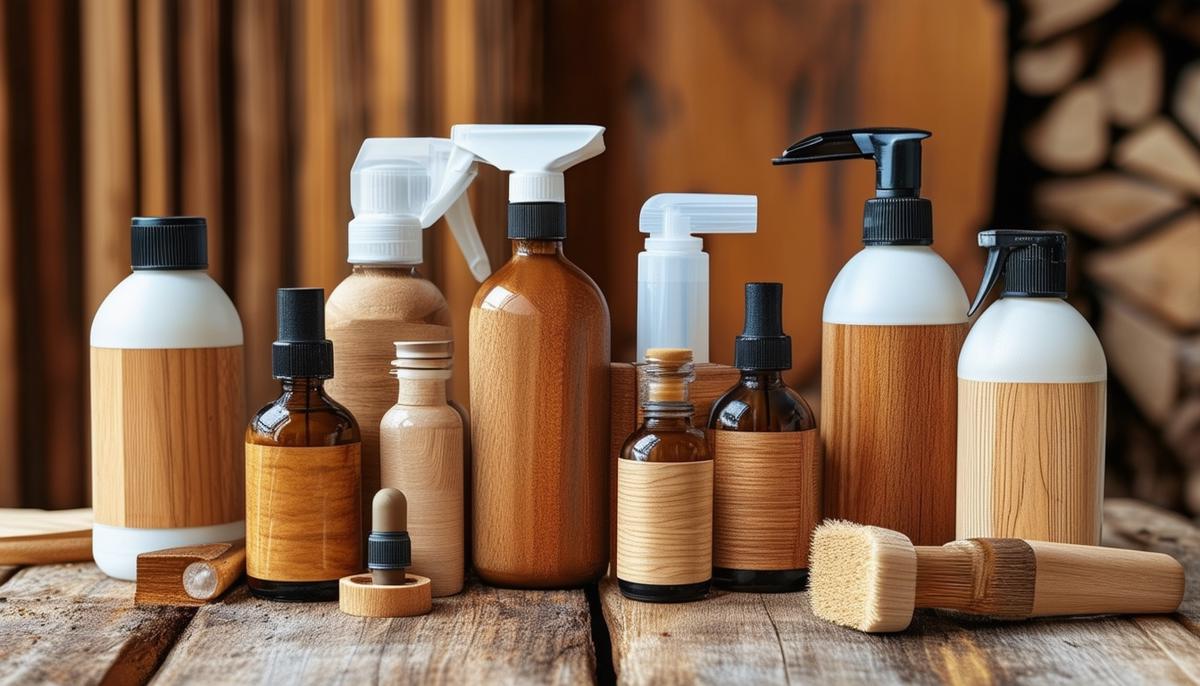Durability of Wood
Choosing the right wood is crucial for outdoor projects. Let's explore what makes certain woods resilient to the elements.
- Cedar has natural oils that fend off rot and insects, making it ideal for fences or pergolas. It requires little maintenance but is prone to scratches due to its softness.
- Ipe is extremely tough, handling moisture and sun exposure well. Its high density makes it challenging to work with but excellent for long-lasting decks.
- Redwood offers rich color and rot resistance, perfect for outdoor furniture. It's more expensive due to limited supply.
- Teak repels pests and moisture, making it great for solid chairs or tables. However, it comes with a high price tag.
- White oak resists water well when treated properly, making it suitable for garden benches.
- Black locust provides structural strength and decay resistance, though it's tough to machine.
Consider how each wood type will handle various weather conditions and potential impacts when making your selection.

Maintenance and Treatment
Proper care and treatment can significantly extend the life of outdoor wood projects. Sealing is essential to block moisture and preserve beauty. Use a quality water-repellent sealer for best results.
Cedar benefits from a semi-transparent stain to preserve its color and fight UV rays. Be gentle when cleaning or sanding due to its softness.
Ipe may need occasional oil treatments to maintain its rich color, especially in sunny areas.
Teak requires minimal maintenance, but yearly teak oil applications can help it age well.
Redwood and white oak need regular cleaning to prevent mold and mildew. Apply a wood stain or clear preservative for added protection.
Black locust, despite its natural rot resistance, benefits from a protective coat to maintain its appearance.
Regular upkeep saves time and effort in the long run, keeping your wooden creations looking their best for years to come.

Cost and Budget Considerations
Balancing budget with quality is key when selecting wood for outdoor projects. Pressure-treated pine is the most affordable option, offering decent rot and insect resistance but requiring regular maintenance.
Cedar costs more upfront but offers lasting appeal and natural resistance to bugs and rot, potentially lowering long-term costs.
Redwood and teak are premium options, providing elegance and durability at a higher price point. They're ideal for standout pieces meant to last.
White oak offers a good mid-range compromise between quality and cost.
Consider locally sourced woods like black locust, which can be more cost-effective and environmentally friendly due to reduced transport costs.
Tip: Mixing wood types in your projects can help balance cost and quality. Match the wood's qualities to your specific needs and budget for the best results.
Aesthetic Preferences
The visual appeal of wood can significantly impact your outdoor space. Consider these options:
- Cedar: Fine, straight grain with natural knots, creating a rustic yet refined look.
- Redwood: Rich, reddish-brown color and unique grain pattern, perfect for statement pieces.
- Teak: Smooth grain and warm golden tones, aging gracefully to a silver sheen if left untreated.
- Ipe: Dark, dense grain adds depth and sophistication, creating interesting light and shadow effects.
- White oak: Serene appeal with pale, neutral tones that blend well with modern spaces.
- Black locust: Rugged charm with yellowish-brown hues and strong grain, suggesting handcrafted quality.
Consider both performance and aesthetics when selecting wood. Each species tells a unique story through its grain and color, helping to create a personalized outdoor space.
Choosing the right wood for outdoor projects involves balancing durability, cost, maintenance, and aesthetics. With this knowledge, you can create lasting, attractive pieces that enhance your outdoor living space.
- Forest Products Laboratory. Wood handbook: Wood as an engineering material. Madison, WI: U.S. Department of Agriculture, Forest Service; 2010.
- Simpson W, TenWolde A. Physical properties and moisture relations of wood. In: Wood handbook: Wood as an engineering material. Madison, WI: USDA Forest Service; 1999.
- Falk RH. Wood as a sustainable building material. Forest Products Journal. 2009;59(9):6-12.
